What if teachers could lead without leaving the classroom—and in doing so, incubate and execute their own policy and pedagogical ideas?
In recent years, the Center for Teaching Quality has supported two dozen teacherpreneurs — expert teachers who typically have a reduced teaching load of 50% — to lead bold reforms at the school, district, state and national levels. In partnership with districts (and with philanthropic financial support), teacherpreneurs like Noah Zeichner, Ali Wright, Jessica Cuthbertson and Julie Hiltz have achieved remarkable results for students, schools and the profession.
These classroom experts have generated powerful proof points for CTQ’s bold brand of teacher leadership, documented in a series of case studies. Their experiences have also yielded “lessons learned” that we can share with others interested in this model:
Extra time yields extraordinary results.
The best teacherpreneurs “lead from the middle.
Technology keeps teacher leaders connected with the world while based in the classroom.
Relationships matter.
Blurring the lines between policy and practice makes each stronger.
When educators can teach and lead, they and their schools benefit.
Learn more:
Via
Gust MEES,
Jess Chalmers



 Your new post is loading...
Your new post is loading...

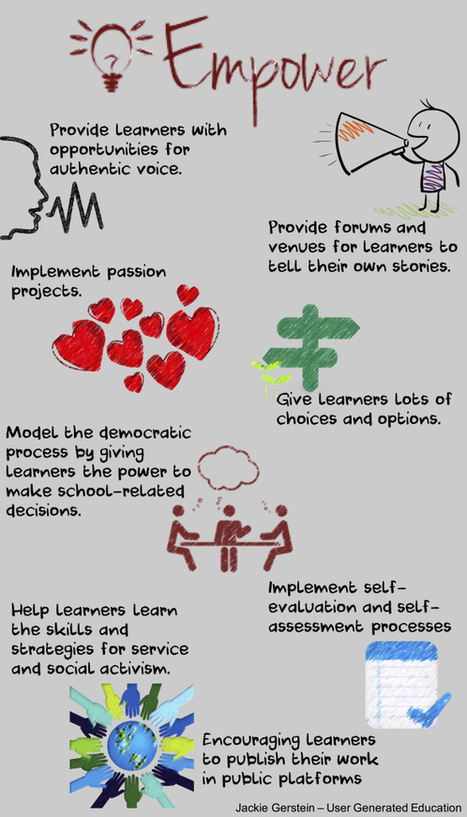

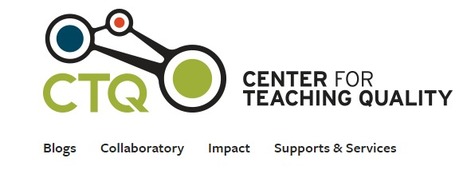


















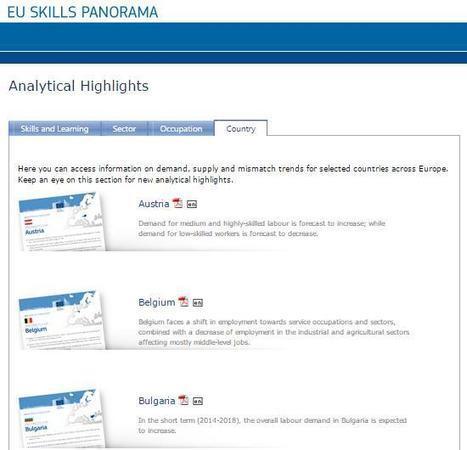





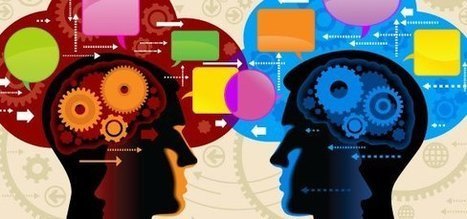




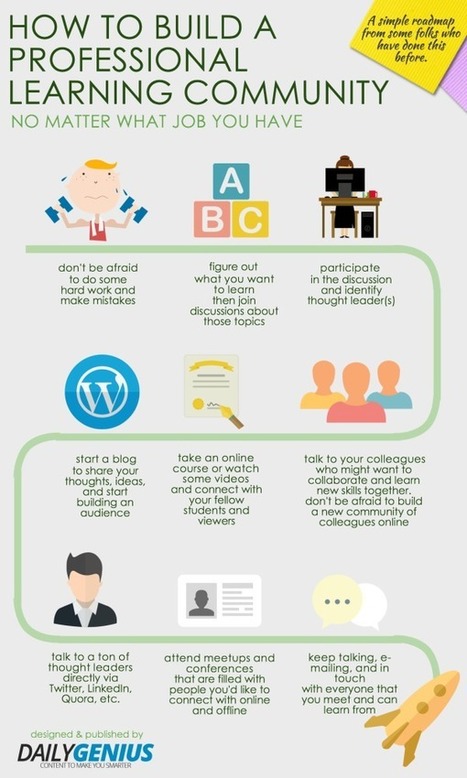

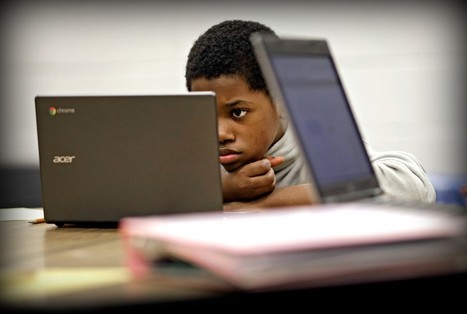




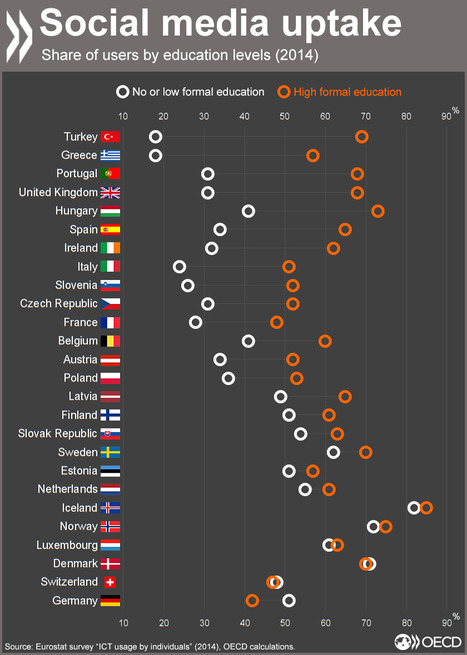






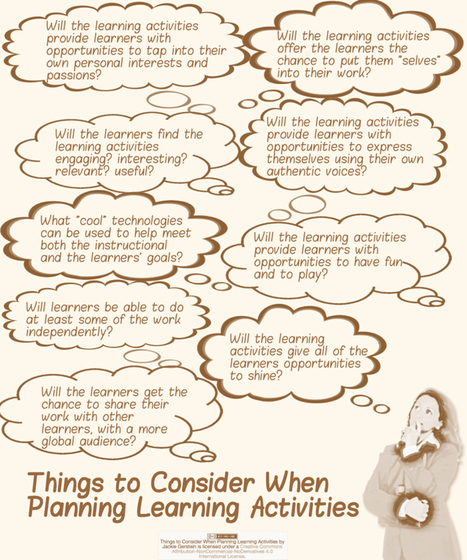

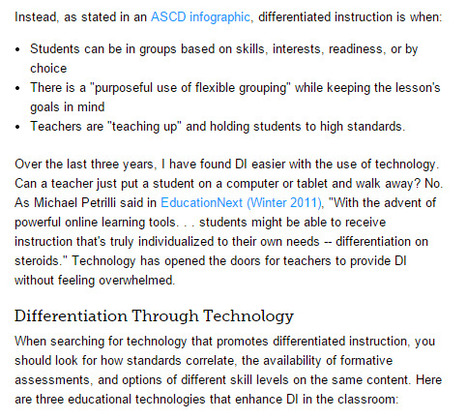






This article recaps one of major themes shared at EduCon 2016 in January 2016: Learner Empowerment.
Learner Empowerment | @scoopit via @knolinfos http://sco.lt/...